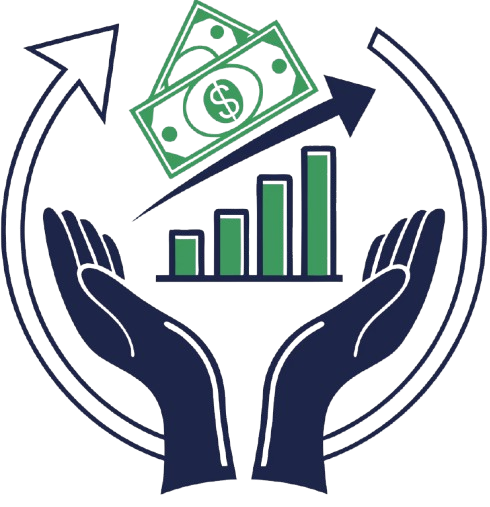AI is changing finance fast. Now we can do them faster and better. In the case of detecting fraud or trading stocks. This a huge deal, but we need to pause and think what’s right and what’s wrong.
This is how the private information about we use in the financial world. The proper way to be ethical is to be ethical. If we end it, justice gets served.” It could also make people lose hope. After that, all the cool stuff with AI won’t even matter. What we will discuss here is the ethics of AI in finance. And you’ll get tips for using it right.
AMBITIOUS FOR FINANCE AI: Edge Cases and Elusive Traditions
Finance is the word for money — and personal information. So AI has to be very careful here.” Let’s see what can go wrong.
AI Algorithms and bias and discrimination
AI learns from data. The AI system will learn whatever is in the data, including its biases. This can lead to biased decision-making. What about an AI that decides if you’re eligible for a loan? And if it trained on biased data, it could deny loans to people based on their demographics. That’s not fair!
If, for instance, you do manage to get a loan from a bank, it will almost certainly be based on something like credit scoring. You could have an artificial intelligence that’s about information that was out of date and skewed toward men rather than women. Then it will give women lower scores.
Piece of advice you can follow: Verify your data! Make sure it’s fair. Tools that help you identify and correct biases in AI models
Privacy Issues Data Privacy and Security
Your financial data is private and secured. You are bound to save it because it holds cruciality In the wrong hands, bad things can happen. People could be robbed and their identities stolen.
Training on data until: October 2025 If you explain your statistical aggregates, you explain your data generation. It is getting worse!
Strategy: Strong Passwords Encrypt your data. Keep abreast of data protection law
Transparency and explainability (read more)
AI is taking decisions we have no way to know how it reached that answer. Such algorithms are known as “black box” algorithms. It’s hard to trust something you can’t even comprehend. We need AI to be more open. We call this Explainable AI (XAI).
Say, for example, the AI system denies you a loan. But, you don’t know why. Providing accurate explanations for such decisions, e.g, “your credit score is too low” would be one of the features of XAI.
Tip That You Can Actually Use: Implement XAI Show how AI makes decisions. This builds trust.
Why AI in finance should follow Ethical Frameworks
Now we need a roadmap for the ethical deployment of AI. Let’s make a good structure.
Look at a well-written policy or ethical guidelines
I believe every single company should have rules around AI Among them should be rules about fairness and privacy. All are to be followed.
Actionable Advice: Write your own ethics rules. Tell them how you will address bias and security of data. Share these rules with everyone in your company.
Building Robust Governance Frameworks
Someone has to be the authority on AI ethics. That is why companies require good governance.” That’s when you have a team or an individual who governs AI. They make sure it is used the correct way.
For instance, certain banks have an AI-Ethics Committee. This cohort examines a complete list of all AI Red deals. They uphold ethical standards of compliance.
Promoting Teamwork and Learning
Talk to each other! Get other people to help out. Teach everyone AI ethics The more people know, the less chances of a unplanned futures.
Takeaway: Leverage cross-functional teams. Train them on AI ethics. This will provide everyone with a better understanding of the issues.
Guidelines for the Ethical Use of AI
This is some real way to use AI properly.
2025] data cleaning and preprocessing
Check your data! Look for biases. Clean it up. Correcting issues supports preprocessing before AI training.
Actionable tip: Tools to find bias in data. Add more examples for under-represented classes (resampl)…
Evaluation and Monitoring of the Model
Set it up, but don’t just set it and forget it. Watch your AI models. To see if they’re still fair and accurate If not, fix them!
Takeaway: Create a heuristic for evaluating AI performance Seek bias. Update your models regularly.
Dynamic Human Guiding and Engagement
AI can assist, but it’s not perfect. step 1 Animals shouldn’t be a part of it. Humans can also catch errors and make moral judgments.
Actionable Tip: Don’t leave AI alone to make decisions, have humans check them, especially for big stuff like loans. The potential to override the AI decision if they think it is wrong.
A New Wave of Values-Based Intelligent Finance
What’s next for ethical AI? The world is changing fast.
Adapt to the Regulatory Landscape
We are starting to see governments regulate AI. That means that you have to comply with these rules. Stay updated!
AI “should be developed and used in a way that respects human rights,” European Commission
Ethics of Technology and Humanities Evolution
New tech can help. In federated learning, privacy is maintained. Differential privacy introduces noise into that data, so no one individual can be pinpointed.
Using AI to Develop Financial Inclusion for Banks
That is going to make financial services available to everyone. It can lend to those who were previously excluded. But we have to be real careful about bias.
For example, AI can sift through untraditional data, like social media activity, to approve loans for people without a credit history.
Last shot: The right way to innovate in finance
The AI finances can do fantastic things. But, ethics matter the most. Focus on showing transparency, fairness, and accountability. If so, AI will make finance better for everyone. So, good data and strong rules and human checks — that’s it, that’s what it takes for ethical AI!

